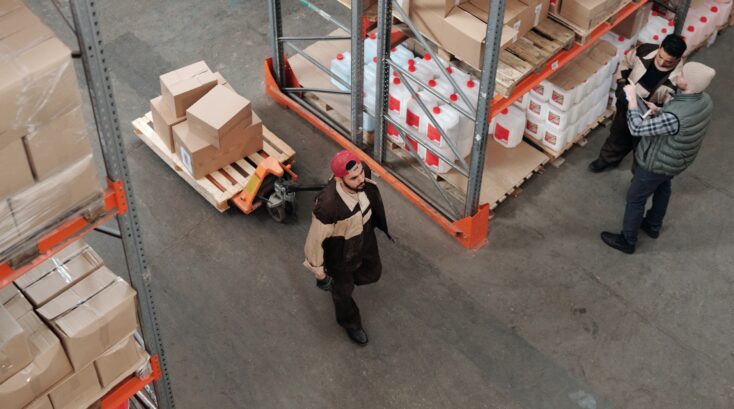- Back up your data: Before packing any electronic device, make sure to back up all important data. Create a backup on an external hard drive, cloud storage, or another reliable storage medium. This ensures that your data is safe in case of any unforeseen mishaps during the moving process.
- Take photos: Before disconnecting any cables or cords, take photos of the setup for reference when reconnecting the devices in your new location. This will help you remember how everything was connected and save time during the setup process.
- Organize cables and accessories: Keep cables, cords, and accessories organized by using twist ties, cable organizers, or ziplock bags. Label each bag or use color-coded labels to easily identify which cables belong to which device. This will help you avoid tangled cords and make the setup easier.
- Use original packaging: If you still have the original packaging for your electronics, it’s ideal for packing them. The original boxes and foam inserts are designed to provide the best protection during transportation. If you no longer have the original packaging, consider using sturdy boxes and proper padding to ensure safe transportation.
- Remove batteries: For devices that use batteries, remove the batteries before packing. This prevents any potential leakage or damage to the device during transit.
- Secure fragile components: If you have fragile components or removable parts, such as camera lenses or printer cartridges, remove them and pack them separately in padded cases or protective packaging. This will protect them from potential damage during the move.
- Wrap devices in protective materials: Wrap electronic devices, such as laptops, TVs, or gaming consoles, in anti-static bubble wrap or soft blankets to provide cushioning and protect them from scratches. Avoid using packing peanuts or newspaper, as they can leave residue or cause static electricity.
- Label boxes: Clearly label each box containing electronics with its contents and indicate “fragile” or “handle with care.” This will ensure that the movers or yourself handle them appropriately and place them in the right location during unpacking.
- Transport sensitive electronics yourself: If possible, transport valuable or sensitive electronics yourself rather than having them loaded onto a moving truck. This allows you to have better control over their handling and ensures their safety.
- Set up electronics in a controlled environment: When you arrive at your new location, set up your electronics in a clean and controlled environment. Avoid exposing them to extreme temperatures, humidity, or dust during the setup process.



